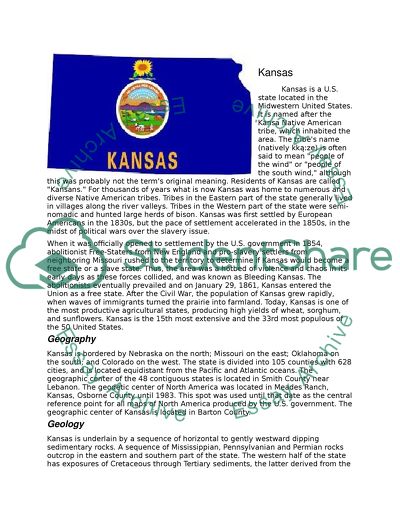Cite this document
(Geography and Geology of the Residents of Kansas Assignment Example | Topics and Well Written Essays - 2750 words, n.d.)
Geography and Geology of the Residents of Kansas Assignment Example | Topics and Well Written Essays - 2750 words. https://studentshare.org/geography/1637310-term-project
Geography and Geology of the Residents of Kansas Assignment Example | Topics and Well Written Essays - 2750 words. https://studentshare.org/geography/1637310-term-project
(Geography and Geology of the Residents of Kansas Assignment Example | Topics and Well Written Essays - 2750 Words)
Geography and Geology of the Residents of Kansas Assignment Example | Topics and Well Written Essays - 2750 Words. https://studentshare.org/geography/1637310-term-project.
Geography and Geology of the Residents of Kansas Assignment Example | Topics and Well Written Essays - 2750 Words. https://studentshare.org/geography/1637310-term-project.
“Geography and Geology of the Residents of Kansas Assignment Example | Topics and Well Written Essays - 2750 Words”. https://studentshare.org/geography/1637310-term-project.


